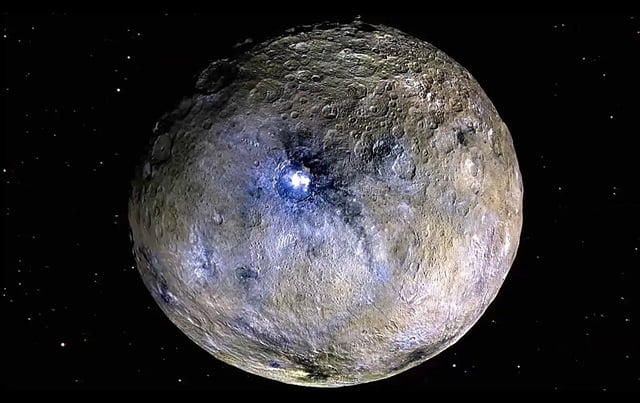Overview
- Published in Science Advances on Aug. 20, the study led by Sam Courville uses Dawn mission data to model Ceres’ interior evolution.
- Radioactive decay in the rocky core likely drove hot, gas-rich fluids upward, delivering molecules such as carbon dioxide and methane to a subsurface ocean.
- The modeling identifies a likely habitable interval roughly 0.5 to 2 billion years after Ceres formed, about 2.5 to 4 billion years ago.
- Dawn previously revealed surface salts from upwelling brines and evidence of organic carbon, providing observational context for the new mechanism.
- Ceres shows no evidence of life and is now too cold for a stable ocean, and researchers emphasize that confirming the chemistry will require in-situ sampling, which no mission has yet performed.

